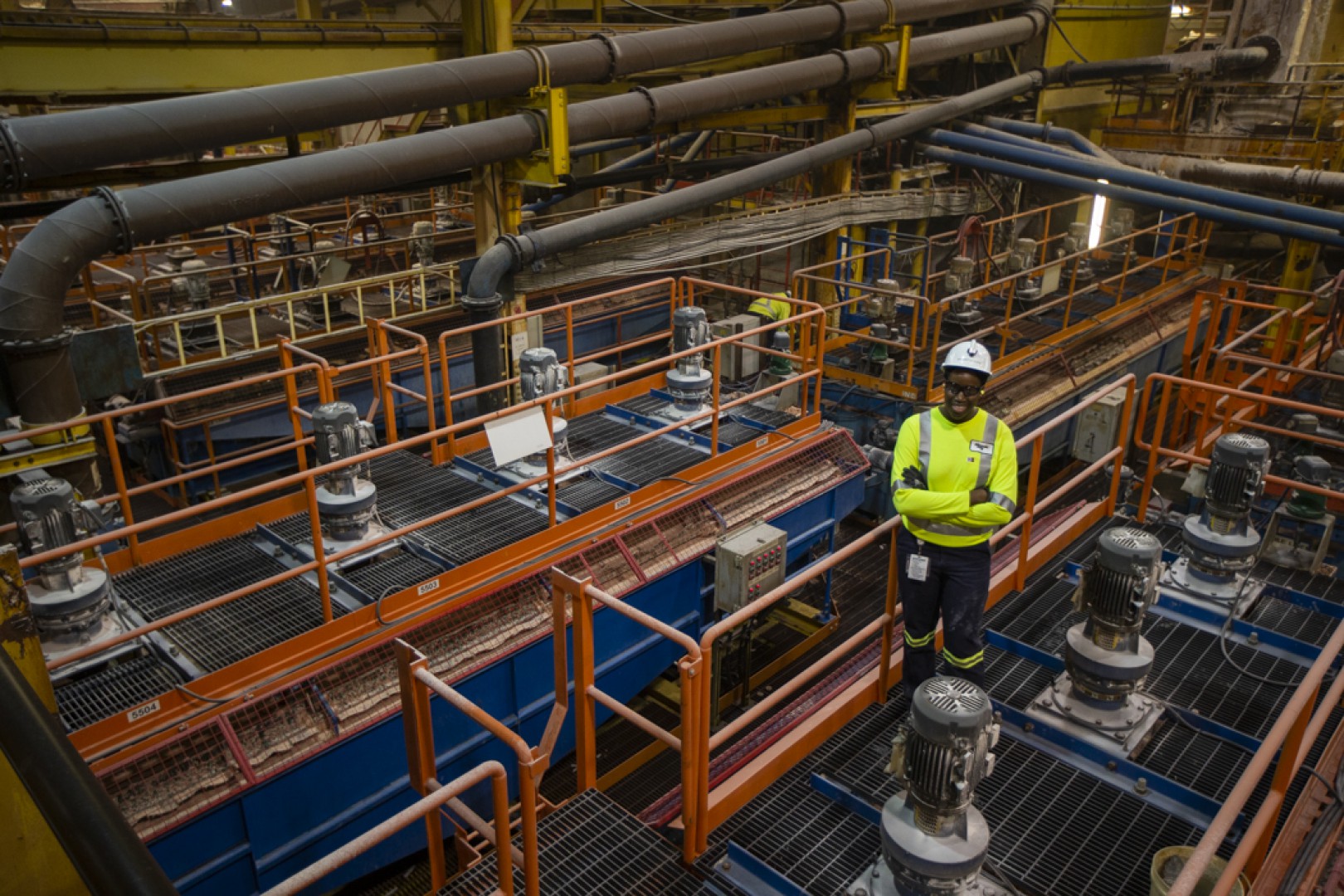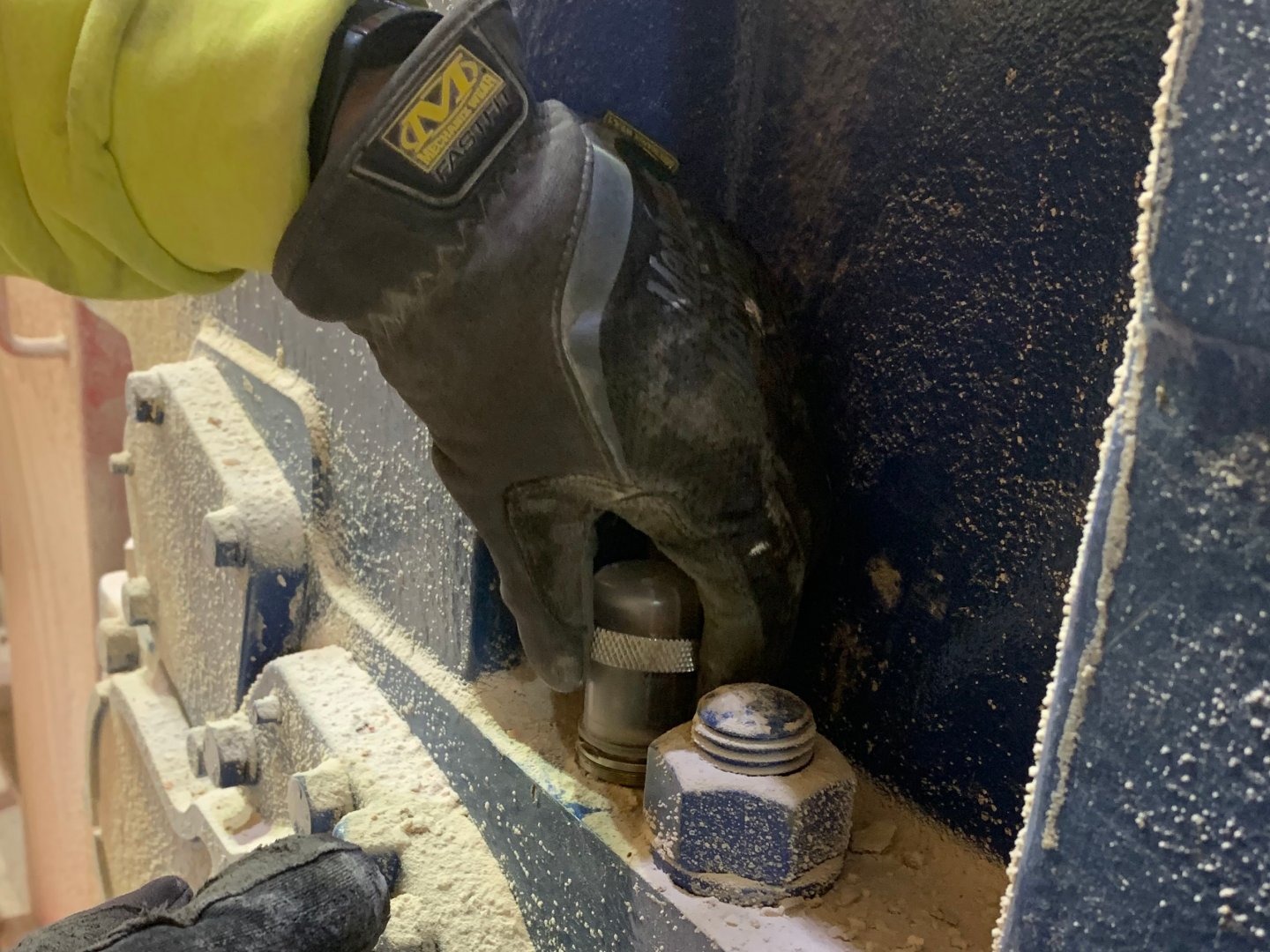
NextGEN: The Future of Condition-Based Monitoring
"When the ‘Change Engine Oil’ light comes in our car, we know what to do. And we know we need to do it soon unless we want to see the ‘Check Engine’ light come on telling us we have a bigger problem,” says Glen Meuchel, Director, Asset Reliability and Integrity. “NextGEN online Condition-Based Monitoring (CBM) technology helps us avoid getting to that ‘Check Engine’-level with our pumps, conveyors and other equipment. We can automatically monitor the health and performance of our equipment without manual data collection, which helps us more accurately predict and prevent problems. This means less risk, more runtime and reduced maintenance costs.”
Across the North America Business, we are finding new ways to use technology to improve early detection of equipment issues, so they can be addressed during planned downtime. With recent advancements in the CBM field, we are moving from manual, scheduled equipment checks to automated monitoring and data analysis. We are also bringing CBM data into one platform to provide a holistic representation of equipment conditions.
An example of the future of CBM can be seen in work piloted at our Esterhazy facility, with plans to implement the technology at other North America Business operations sites over the next few years.

Wireless sensors, called “motes,” installed on overland conveyers and related equipment at Esterhazy collect and report vibration, temperature and speed data on a continuous basis.
At our Esterhazy facility, wireless sensors, called “motes,” installed on overland conveyers and related equipment collect vibration, temperature and speed data on a continuous basis and send the data wirelessly to a Cloud-based platform. Machine Learning algorithms are then used to analyze the data, and we are notified when an anomaly or abnormal condition is detected. Software correlates vibration, running speed and temperature data along with other CBM sensor and process data to determine what “normal” operating conditions are under all operating contexts.
